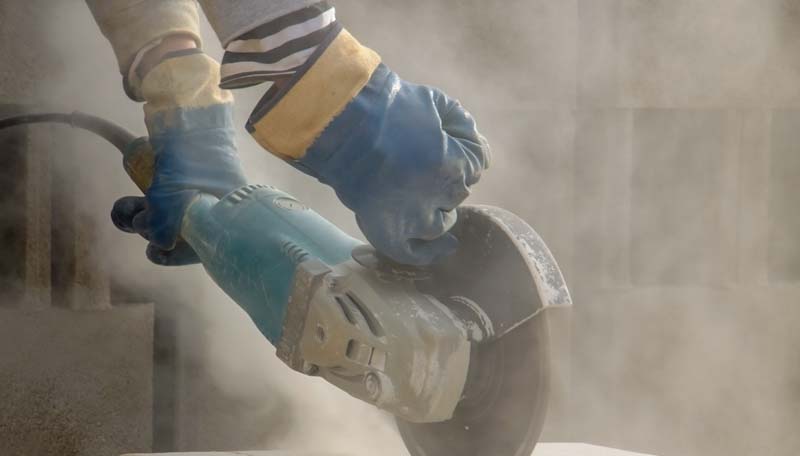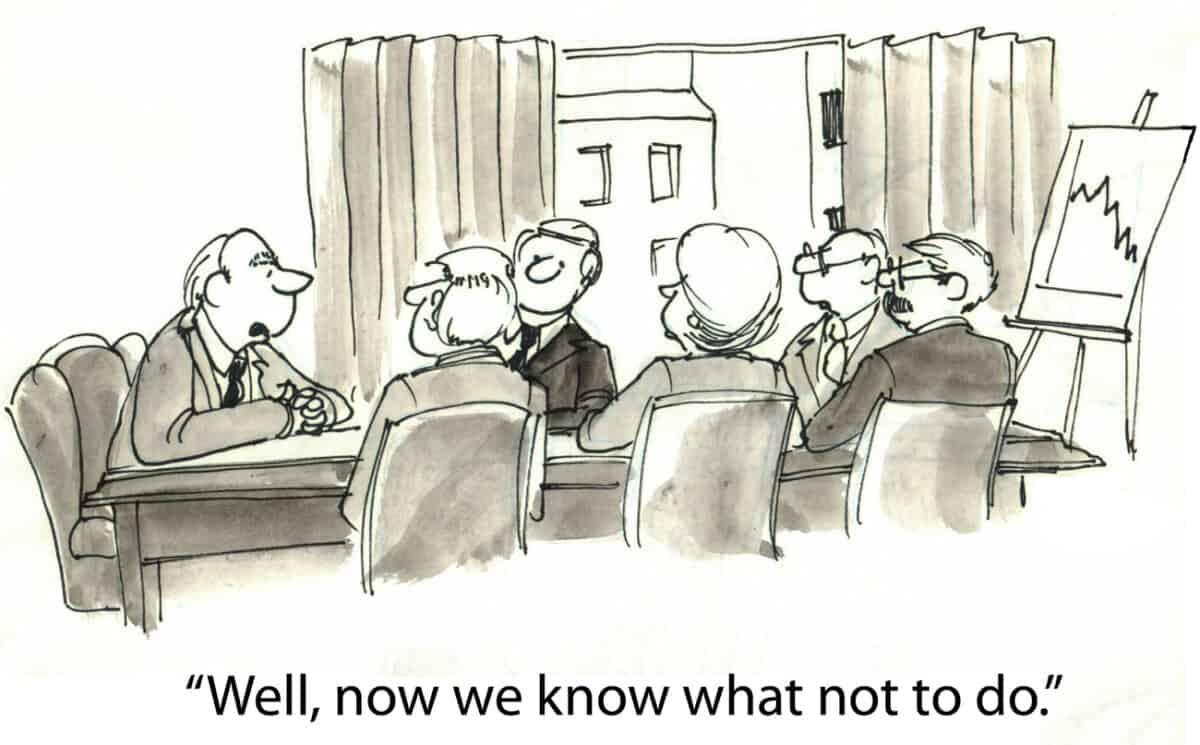A recent article by Aurora B. Le, Doug Trout, Ann Marie Dale, and Scott Earnest is a good introduction to the psychosocial hazards faced by construction workers in the United States. It is typical of many articles written about work health and safety generally – good information but with weak or timid solutions.
Category: construction
When a ban is an understandable stunt
Australia has yet to offer a good reason for hazardous engineered stone products not being banned from import and use. On November 23 2022, Australia’s most influential construction union, the CFMEU, stated that it would ban these products from mid-2024 if the Federal Government does not. Trade unions no longer have the level of influence or numbers to achieve these sorts of bans. As with asbestos many years ago, such campaigns risk taking more credit for the potential occupational safety and health reforms than they deserve.
Resilience training is not dead, but it is coughing up blood
[This article was submitted to The Age (and elsewhere) as a soft counter to so many workplace articles about health and safety that never include content from an occupational health and safety (OHS) specialist. It was never used, even though rewrites were requested.
So it gets used here and in support of this curious month of October where, in Australia, there are two separate monthly themes – Mental Health and Work Health and Safety. That these themes continue to be separate says heaps about the culture in each of these sectors]
Australian jurisdictions are amending their workplace health and safety (WHS) legislation to specify that the unavoidable duties and obligations of employers must now include the psychological health of their workers and not just physical health. These reasonable and long overdue moves are manifesting in new laws, and new guidances supported by new International Management Standards. The kicker in these changes is that, at least in Victoria, employers will no longer be able to rely solely on awareness training or resilience training to manage workplace mental health. This position could, and should, challenge traditional mental health trainers and lobbyists to recalibrate their workplace strategies.
Continue reading “Resilience training is not dead, but it is coughing up blood”Ballarat Council responds
Ballarat City Council has provided a short statement in response to the nine questions put to it about the awarding of a $2 million construction contract to Pipecon, a company that was recently convicted and penalised over the deaths of two of its workers as mentioned in a blog article earlier this week.
A spokesperson for the council wrote:
Should a company that killed two workers receive a $2 million government contract?
In November last year, Pipecon was found guilty of breaching its occupational health and safety (OHS) duties concerning the deaths of two of the company’s workers in and from a trench collapse. An offence to which the company pleaded guilty. (Details of the incident and prosecution can be found HERE – search for Pipecon). The Ballarat Council has awarded the company a road construction project valued at over $2 million. Should the Council have done so? How does this decision affect the deterrence message that OHS prosecutions are supposed to generate? What does this say about the criteria used in procuring services?
Lymph v Blood – OHS at the Jobs & Skills Summit
If Industrial Relations is the lifeblood of the economy and the nation, then Occupational Health and Safety (OHS) is the lymphatic system, a less well-known supplementary system without which blood circulation fails and the body stops working.
Australia’s Job and Skills Summit that has just concluded focused on the blood. Media analysis offered mixed interpretations. The event was politically stage-managed with many agenda items pre-prepared for the Summit to confirm, but it was not a worthless gabfest, as some (who chose not to attend) have asserted. On the matter of occupational health and safety, there was one new initiative but most of the OHS change, if any, is now more likely to come through the (wellbeing) budget in October.
Evidence provided for structural change in construction safety management
In July 2022, RMIT University release a three-part series on physical and mental health in Australia’s construction industry consisting of Evidence, Exploration and Evaluation. By themselves, they make a strong case for structural reform of the construction sector to improve workers’ mental and physical health.





